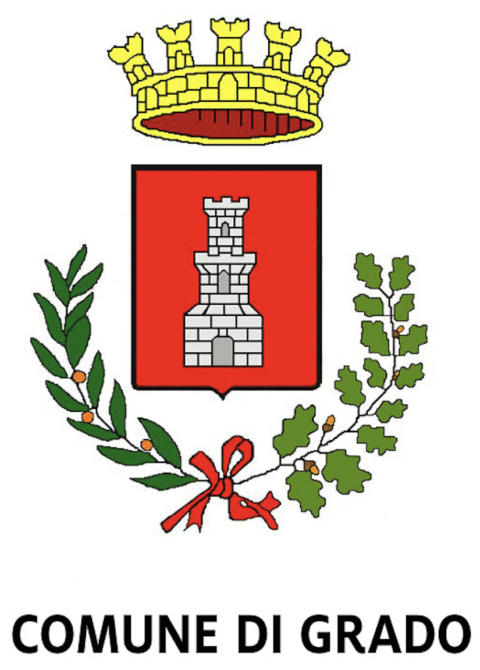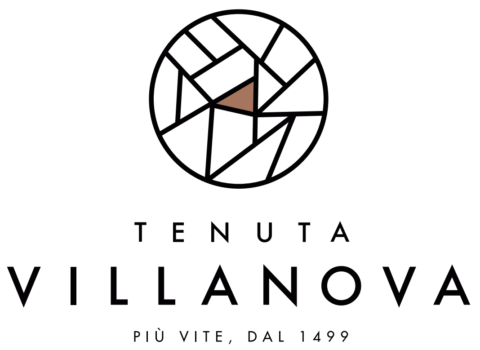

20K Run
Don't you feel trained enough to complete an entire marathon? Still want to challenge yourself and feel the adrenaline rush of a real race? Then Mytho 20K RUN is the right competition for you!
20.000 km: this is the distance you must cover to complete your goal. From Grado to Aquileia, along a route that cuts the beautiful Grado Lagoon in two! Your challenge starts in the heart of the town of Grado and after 2km you will take the same route as the marathon runners and from here on you will run side by side with all those aiming to enter the Mytho!
The route


Accomodation and Tourism

GRADO
Grado, joined to the mainland by a narrow strip of land, has a graceful Venetian style historic town centre where you can wander through the alleyways and squares flanked by picturesquely cluttered fishermen's houses: a charming world of its own where time seems to have stopped.
In the wonderful setting of Campo dei Patriarchi in the old city you can admire the early Christian buildings such as the Basilica dedicated to Santa Eufemia, from which top stands the statue of the Angel San Michele (called Anzolo and symbol of the city), the Baptistery and the Lapidarium. Moreover, there, you can visit the Basilica dedicated to Santa Maria delle Grazie, the oldest of Grado.
The central Biagio Marin Square is dedicated to the famous local poet: there you can also find the remains of the old and imponent Basilica della Corte.
The hystorical centre belongs to pedestrians that can peacefully discover the most important features of the Golden Island.
Walking along the seafront Nazario Sauro, you can also enjoy a marvellous view on the Karst, Trieste and the Istrian Coast.

SANCTUARY OF THE BARBANA ISLAND
The Barbana Island is situated at the eastern tip of the lagoon of Grado and features an ancient Marian sanctuary. A primitive sepulchre was built on the island in the 6th century which, according to tradition, had to preserve a holy image of the Virgin transported in that place by the sea after a storm and which was erected, by order of the Patriarch of Grado Elia (571-588), to thank the Virgin for saving the town of Grado. Its name probably derives from Barbano, a sixth-century hermit who had settled on it gathering around himself a community of monks.
The Sanctuary, in its current form, dates back to the 1926 renovation. Its high bell tower can be seen from far away, thus being a point of reference of the lagoon of Grado.
This picturesque island, an oasis of peace and of ancient traditions, has always been a pilgrimage destination.
A regular boat service, leaving from the Schiusa Canal, links the Barbana Island to Grado. The trip lasts about 20 minutes. The island can also be reached by private boats and is provided with a small port.

FVG1 ALPE ADRIA CYCLE ROUTE
In one week from Salzburg to Grado. Eight cycling stages to connect the city of Mozart to the Adriatic Sea, passing through the Alps. The Alpe Adria cycle path, by integrating old railway tracks and numerous tunnels, makes the Alpine crossing a pleasure tour on two wheels - with culture, sport and cuisine.
One of the most spectacular part of the entire route is the point to point from Aquileia to Grado. Aquileia, founded in 181 B.C., became one of the biggest and richest towns of the whole Roman Empire, being defined the "second Rome". This wonderful town has an extremely important archaeological area, which is a UNESCO World Heritage Site.
When you let Aquileia in 5km you enter into the fantastic Grado lagoon. It offers a landscape rich in colours with the green of the luxuriant vegetation and the blue of the Adriatic sea. A small fantastic world, immersed in the calm of nature with the intertwining canals and streams, paths of faith of ancient origin as witnessed by the Sanctuary of Mary of the Island of Barbana, one of the most visited in Italy.

AQUILEIA
Aquileia, an important city of the Roman Empire and then the main centre for the diffusion of Christianity in Northern and Eastern Europe, represents an extraordinary opportunity to broaden knowledge, offering an unforgettable visiting experience. It has been a UNESCO site since 1998 due to the importance of its archaeological area and the beauty of the floor mosaics that it safeguards. Among them, the largest and most well-known attraction is the Basilica di Santa Maria Assunta, dating back to the fourth century. However, added to this are other precious mosaic remains from the Roman and early Christian ages, which make Aquileia a kind of capital of the Western Roman mosaic.
Besides the basilica complex, the Early Christian National Museum and the National Archaeological Museum must be included in your visit.


















